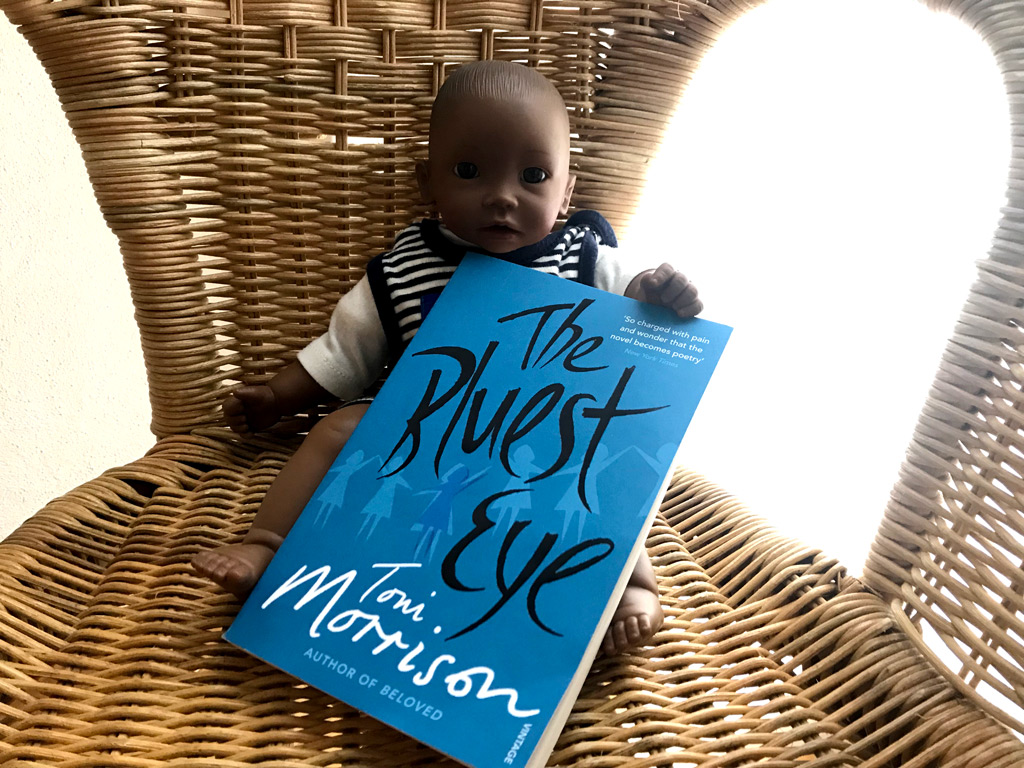 Obituary. On August 5 Toni Morrison, the first female Afro-American novelist to win the Nobel Prize in literature, died. Her legacy of breaking the silence lives on.
Obituary. On August 5 Toni Morrison, the first female Afro-American novelist to win the Nobel Prize in literature, died. Her legacy of breaking the silence lives on.
„Oppressive language does more than represent violence; it is violence. It does more than represent the limits of knowledge; it limits knowledge”: Toni Morrison explored the fate and (her*) stories of black people in her novels and was the first Afro-American woman to win the Nobel Prize in Literature in 1993. The author died on August 5 at age 88. The words above are from her Nobel Lecture and, as all her work, prove to be especially relevant today, in a time when the president of the United States makes use of language which is simple, polemic and violent in fact, giving way to racism, sexism, white supremacist and historical revisionist ideas once again.
Morrison was born in Lorain, Ohio in 1931 in a working class African-American family. After graduating from Cornell University in New York City, she taught English Literature at different universities, last at Princeton. Following a marriage, two kids and a divorce, Morrison worked as an editor at the publishing house Random House from 1965 on, where she supported a new generation of African-American authors. At 39 she published her first book “The Bluest Eye” (1970), which she wrote in the early morning, before going about her day as a single mum. Though Morrison experienced racial discrimination too, she had a supporting environment, but felt a debt as a writer and gave her voice to those least fortunate. To those who broke, even died from hatred and became invisible. One of them is Pecola in “The Bluest Eye”, who prays for “beautiful” blue eyes like those of her white school fellows and who is marginalized in terms of race, gender, youth and social class, abused in school as well as by her parents. Other black girls in the novel understand her pain only partly. Morrison explored the phenomena of self-loathing and internalized racism in the Afro-American community itself, too. Here, the intersectional dimension of Morrison’s works; her complex and authentic characterization becomes apparent.
Morrison dedicated her novel “Beloved” (1987), which is based on a true-story about an African-American mother who kills her two-year old daughter to spare her from slavery, to the “60 Million and more” who died in the trans-Atlantic slave trade. The novelist received the Nobel Prize for the force of her brutal stories, for a language, which is melodic, poetic and gentle, but most of all for giving a voice to the forgotten masses of American history – People of Color (POC). Morrison claimed that she doesn’t write about race any more than any white author. Rather, she began to fill vital gaps in the literary and historical canon and was declared the national author of the USA by the New York Times.
In recent years, Morrison wrote political essays following the election of Donald Trump, among them “Mourning for Whiteness” (2016), in which she argues white Americans were “afraid” of losing racial privileges and Trump would propagate this idea of white supremacy. In her Nobel Lecture in 1993, Morrison told the story of an old, wise woman advising children. The woman warns of an oppressive language being abused by politicians and stresses the importance of using language to unravel the invisible, of voicing the unspeakable, of writing stories that remain to be told. The children in the story who have been silenced, oppressed because of their skin color, beg the woman for her words, whereupon Morrison passes on the pen: “The future of language is yours.”
:Marlen Farina


0 comments